Smithsonian Student Travel | Peru | NEW
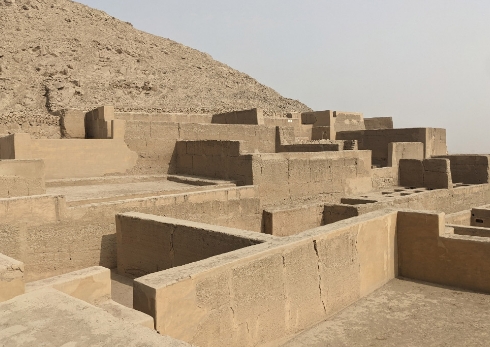
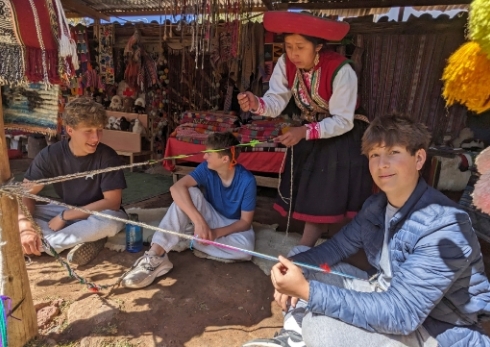
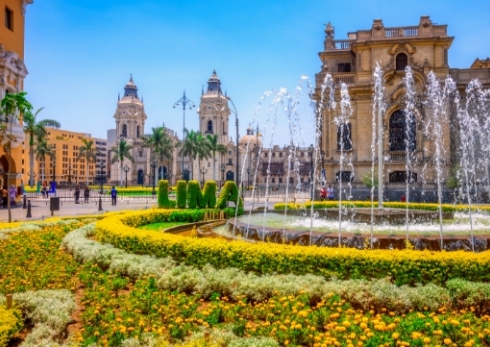
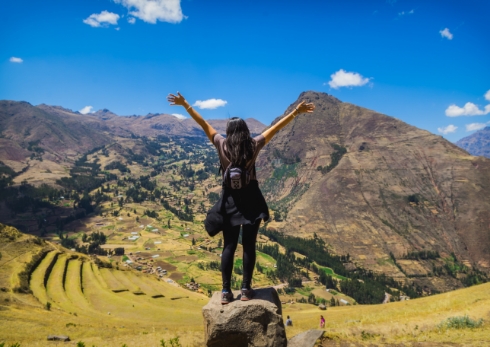
Highlights
- Sift for artifacts as you participate in an ongoing archaeological excavation
- Experience several of Peru’s World Heritage sites, including Machu Picchu
- Explore local markets in Lima and Cusco, sampling staples like chicha morada, chuño, and charki
- Hike among the peaks of the towering Andes and learn key features of highland sites
- Practice crafting Chancay-style pottery, a 1,500-year-old tradition
Itinerary
This itinerary represents our plan for the program. However, we may implement changes if we identify opportunities to improve the experience, to take advantage of unexpected events, or to accommodate local schedule changes.
Departure • Travel Day • Meet your student travel group and one of your trip leaders in Miami, Florida, and fly together to Lima, Peru.
Lima • 3 days • Begin your program in Lima, Peru’s vibrant capital city on the Pacific coast. Participate in an in-depth orientation to get to know your group and leaders, then set out to explore the city with visits to the Larco Museum and Lima’s Historic Center, a World Heritage site.
Caral • 3 days • Travel north up the coast to the Caral Archaeological Site and Museum, the oldest city complex in the Americas, dating to the Pre-Ceramic period. In the surrounding areas of Huaral and Huacho, participate in ceramics and textile workshops in the Chancay style, under the guidance of local researchers and artisans. Admire the intricacies of this 1,500-year-old creative tradition and learn to identify artifacts by their distinct decorative styles and motifs.
Huaycán/Huarochirí Province • 5 days • Head to the archaeological site of Huaycán de Pariachi and meet with local anthropologists to learn about the community initiatives to develop the site and cultural heritage in Huaycán. Spend four days participating in an ongoing archaeological excavation alongside Peruvian archaeologists in the Huarochirí Province, east of Lima and discuss the cycles of archaeological horizons and intermediate periods in Peru.
Cusco • 6 days • Travel from Lima across the Western Range of the Andes to Cusco and the Sacred Valley. Explore the city from the Inca center Qorikancha to the colonial Plaza de Armas and discuss the interplay between Inca and Spanish influences. Bring the insights and perspectives you’ve gained as you cap your program hiking along the Qapac Ñan to Machu Picchu, one of the best preserved and researched Inca sites in modern Peru. Discuss the context of this historic and iconic site, the elaborate estate of the ninth Inca, Pachacuti Inca Yupanqui, as you arrive through the monumental Inti Punku, the Sun Gate.
Return • Travel Day • Fly from Cusco, Peru, to Miami, Florida with your group and a trip leader, then continue on to your final destination.
Smithsonian Student Travel Experts
A Smithsonian Student Travel Expert will join the group for four or five days of the itinerary. A professional in their field, they will tie in their knowledge and experiences with the themes of the program and share their insights and passion for the region during talks and informal conversations throughout their time with the students.
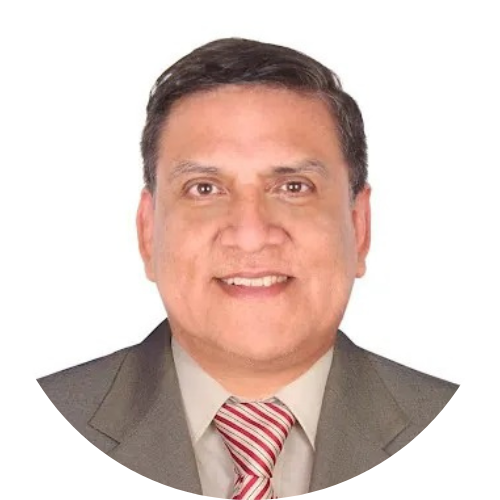
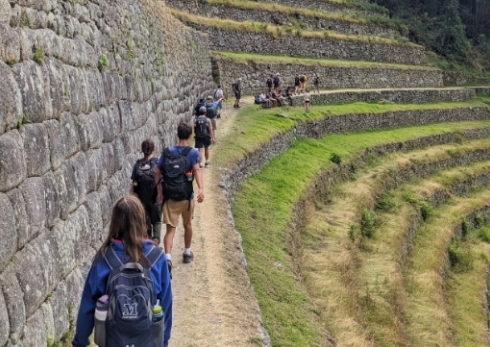
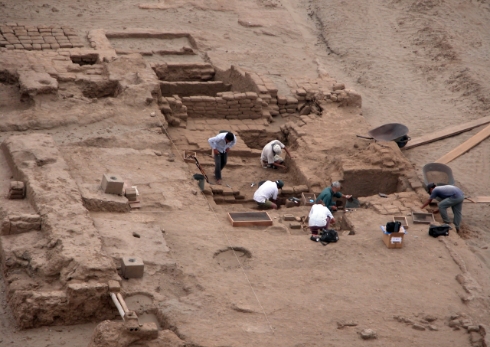
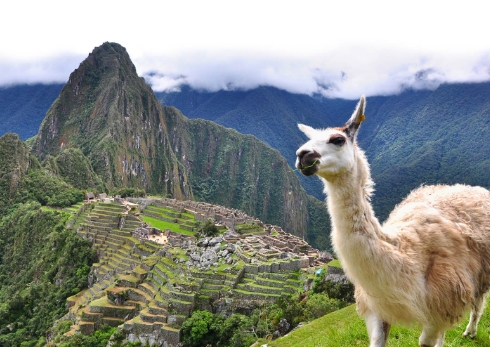
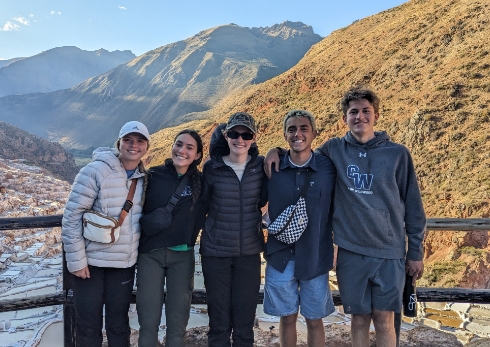
What to Expect
Physical Activity • This is a physically active summer travel program. You can expect to hike to archaeological sites, participate in archaeological excavations, and generally be on your feet for much of the day over the course of the trip. You do not need to be at peak fitness to participate, but it is important that you have a desire to be physically active, and that you are excited about trying all activities.
Accommodations • Over the course of this program the group will stay in small, family-run inns and guest houses in double or triple occupancy rooms. Leaders stay in the same residences along with students. While the group participates in fieldwork, they will be staying in communal housing on sleeping mats or bunk beds with shared bathrooms.
Climate • The climate in Lima and in coastal areas is warm and dry. Daytime temperatures range from 65-80ºF (18–26°C) with strong sun. Nighttime temperatures are slightly cooler, occasionally dipping to 55ºF (12°C). The climate in the highlands and the Cusco area has daytime temperatures ranging from 50–70ºF (10–21°C). Areas at higher elevation—10,000 ft or more (3,000 m)—have nighttime temperatures that can dip sharply to 35–45ºF (2–7°C).
Altitude • This program visits high altitude destinations—Cusco is around 11,200 ft (3,415m) and Ollantaytambo is around 9100 ft (2,800m).
Meals • The group will primarily eat their meals at restaurants and guest houses. During the fieldwork experience, students help prepare family-style meals for the team to share together.
Cuisine • Peruvian cooking features staple ingredients such as potatoes (over 4,000 varieties!), rice, corn, and legumes. These ingredients are combined with intricate sauces and proteins. Chicken is most popular in urban areas while red meats such as goat, mutton, and beef are more common in the highlands. The Peruvian coast is famous for its seafood, namely ceviche, featuring Andean aji chili peppers. Markets are filled with a variety of fresh local fruits, vegetables, and dairy products that determine the regional variants of the hearty Peruvian cuisine.
Enroll in two programs & save $1,000!
$800 tuition discount + no second application fee
